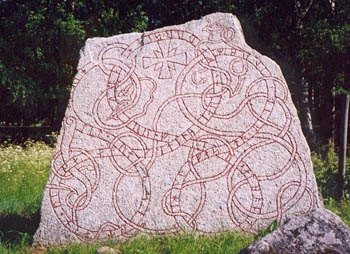![]()
Metaphysical Interior with Factory, 1969. Oil on canvas 64.5 x 53.5 cm. Fondazione Giorgio e Isa de Chirico, Rome.
I am not sure I agree with following, which more or less seems to be the received opinion of de Chirico’s late work (though can’t dismiss it out of hand either):
Laura Cumming (Observer Review, 26 January 2003) wrote:
This is either the longest enigma variation in the history of art or the worst case of compulsive repetition..
Of the late work she continues,
A forger or a pop artist, 40 years in advance?
The arcade isn’t so dark; in fact, the whole picture is visibly brighter and now comes in selected colours. Pink Ariadne, gold Ariadne, and turquoise Ariadne. You can see why Warhol thought he spied a precursor and even silk-screened his own four-panel version. But de Chirico was no sort of pop artist, despite enjoying the homage. Nor is he quite the postmodernist the curators want to make of him.
Martin Gayford (The Sunday Telegraph, 26 January 2003) concludes that where the early work was poetically inspired the work produced between 1950 and his death in 1978 (some dated decades earlier than they were painted), “look like student copies, and give the impression that the poetic obsessive of 1912 had metamorphosed into a cantankerous, talentless old nutter”. Charles Darwent (Independent on Sunday, 26 January, 2003) is a little kinder than Gayford,
Before post-modern appropriation made copying your own work kosher, stepping backwards in this way was frowned upon. De Chirico’s reconversion to de Chirico is an embarrassment his apologists have kept discreetly locked away. Now, this excellent show has brought it out into the open, and done the artist a huge favour in the process.


























